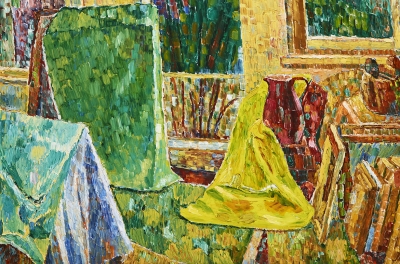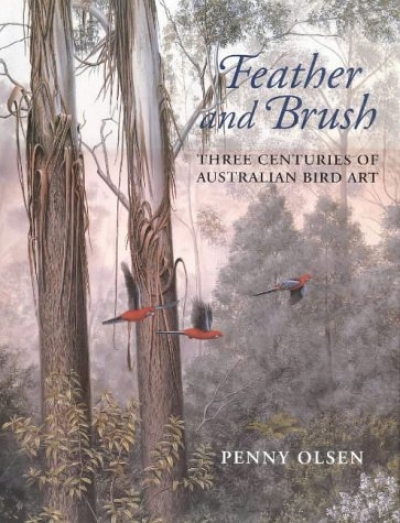Arts
Art + Australia: Debates, dollars & delusions by Patricia Anderson
The traits women are encouraged to develop nowadays, such as outwardness, attitude, assertiveness, and professionalism, did not characterise Grace Cossington Smith (1892–1984). Family snapshots showed the young woman with tousled hair, guileless face, and buck-toothed smile: a neat-figured, long-skirted Edwardian tomboy after the style of Australian heroines in novels by Ethel Turner and Mary Grant Bruce. The older woman in family photographs still had the tomboy grin; conversely, when she showed a public face, the mouth was closed and the eyes steady behind glasses.
... (read more)Through Artists’ Eyes: Australian Suburbs and their Cities, 1919-1945 by John Slater
We’ve been hectored by Miss Greer and savaged by Mr Hughes, but, like Goldilocks with the three bears’ bowls of porridge, Mr Conrad loves us just right. His book At Home in Australia is a collaboration between the National Gallery of Australia and Thames & Hudson, and more particularly between himself and Gael Newton, the gallery’s Senior Curator of Photography, who rang him in London with an invitation to write a book about the gallery’s photography collection.
... (read more)









